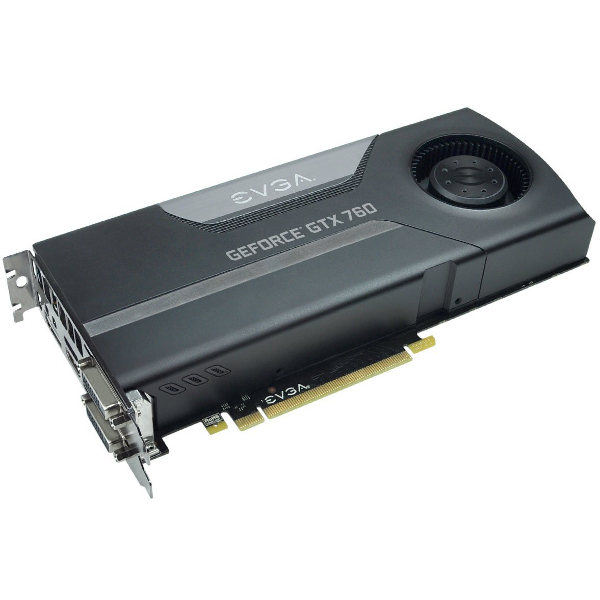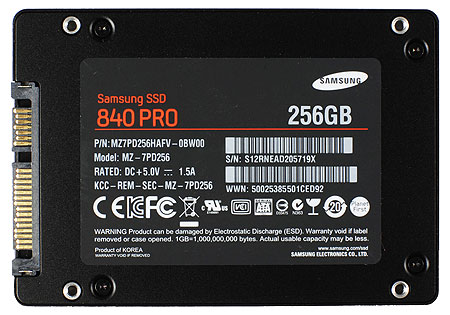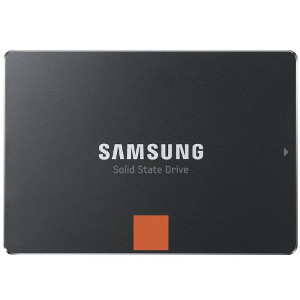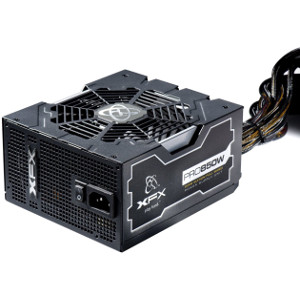Sapphire's Dual-X R9 280 OC Graphics Card Review
We take a look at the value proposition offered by Sapphire's Dual-X R9 280 and consider it's performance compared to its competitor, the GeForce GTX 760, and its predecessor, the Radeon HD 7950 Boost.
How We Tested Sapphire's Dual-X R9 280 OC
In this single-product review, we'd like to focus on how Sapphire's Dual-X R9 280 OC fares against its predecessor, the Radeon HD 7950 Boost reference card, and Nvidia's similarly-priced competition, the GeForce GTX 760.
Two of the games we're testing have an option to use a Mantle code path, so we're running those benchmarks (Thief and Battlefield 4) with Mantle enabled and disabled to measure the API's impact.
Graphics cards like the Radeon R9 280 require a substantial amount of power, so XFX sent us its PRO850W 80 PLUS Bronze-certified power supply. This modular PSU employs a single +12 V rail rated for 70 A. XFX claims continuous (not peak) output of up to 850 W at 50 degrees Celsius.
We've almost exclusively eliminated mechanical disks in the lab, preferring solid-state storage for alleviating I/O-related bottlenecks. Samsung sent all of our labs 256 GB 840 Pros, so we standardize on these exceptional SSDs.
| Header Cell - Column 0 | Test System |
|---|---|
| CPU | Intel Core i7-3960X (Sandy Bridge-E), 3.3 GHz, Six Cores, LGA 2011, 15 MB Shared L3 Cache, Hyper-Threading enabled. |
| Motherboard | ASRock X79 Extreme9 (LGA 2011) Chipset: Intel X79 Express |
| Networking | On-Board Gigabit LAN controller |
| Memory | Corsair Vengeance LP PC3-16000, 4 x 4 GB, 1600 MT/s, CL 8-8-8-24-2T |
| Graphics | Sapphire Dual-X R9 280 OC850/940 MHz GPU, 3 GB GDDR5 at 1250 MHz (5000 MT/s)Reference AMD Radeon HD 7950 Boost 850/925 MHz GPU, 3 GB GDDR5 at 1255 MHz (5000 MT/s)Nvidia GeForce GTX 760 980/1033 MHz GPU, 2 GB GDDR5 at 1502 MHz (5008 MT/s) |
| SSD | Samsung 840 Pro, 256 GB SSD, SATA 6Gb/s |
| Power | XFX PRO850W, ATX12V, EPS12V |
| Software and Drivers | |
| Operating System | Microsoft Windows 8 Pro x64 |
| DirectX | DirectX 11 |
| Graphics Drivers | AMD Catalyst14.7 RC 1Nvidia 340.52 WHQL |
| Benchmarks | |
|---|---|
| Watch Dogs | Version 1.04.497, Custom THG Benchmark, 90-second Fraps run, Driving |
| Arma 3 | V. 1.26.126.789, 30-sec. Fraps "Infantry Showcase" |
| Battlefield 4 | Version 1.3.2.3825, Custom THG Benchmark, 90-Sec |
| Assassin's Creed IV: Black Flag | Custom THG Benchmark, 40-Sec |
| Thief | Version 1.6.0.0, Built-in Benchmark |
| Titanfall | Version 1.0.5.7, Demeter Map, Custom THG Benchmark |
Get Tom's Hardware's best news and in-depth reviews, straight to your inbox.
Current page: How We Tested Sapphire's Dual-X R9 280 OC
Prev Page Sapphire's Radeon R9 280: Still Competitive Next Page Game BenchmarksDon Woligroski was a former senior hardware editor for Tom's Hardware. He has covered a wide range of PC hardware topics, including CPUs, GPUs, system building, and emerging technologies.
-
blackmagnum This... as a newer, faster and more power efficient R9 285 comes out?Reply
What are the board partners thinking? -
Omegaclawe They got the wrong memory bandwidth for the R9 280 and 7950 cards... it's 384-bit.Reply
Which is why I'm worried that the 285 won't be able to keep up. Particularly at higher resolutions.
-
elbert Wow mantle gives Intel 6 cores relevance in games. Wonder if AMD will design a 16 core now for the AM3? Cant wait to see mantle on Intels new 8 core CPU's.Reply -
Shneiky Am I the only one who finds it unfair to bench an Overclocked card and put it against a reference model?Reply -
elbert The mantle 4770 test for thief was -.1 min fps and only 1fps average increase. Clearly on the 6 core its getting more in both min fps and average.Reply -
cleeve Reply14034247 said:Am I the only one who finds it unfair to bench an Overclocked card and put it against a reference model?
This is a Sapphire Dual-X review, not a reference 280 launch.
The Sapphire Dual-X R9 280 comes overclocked from the factory.





